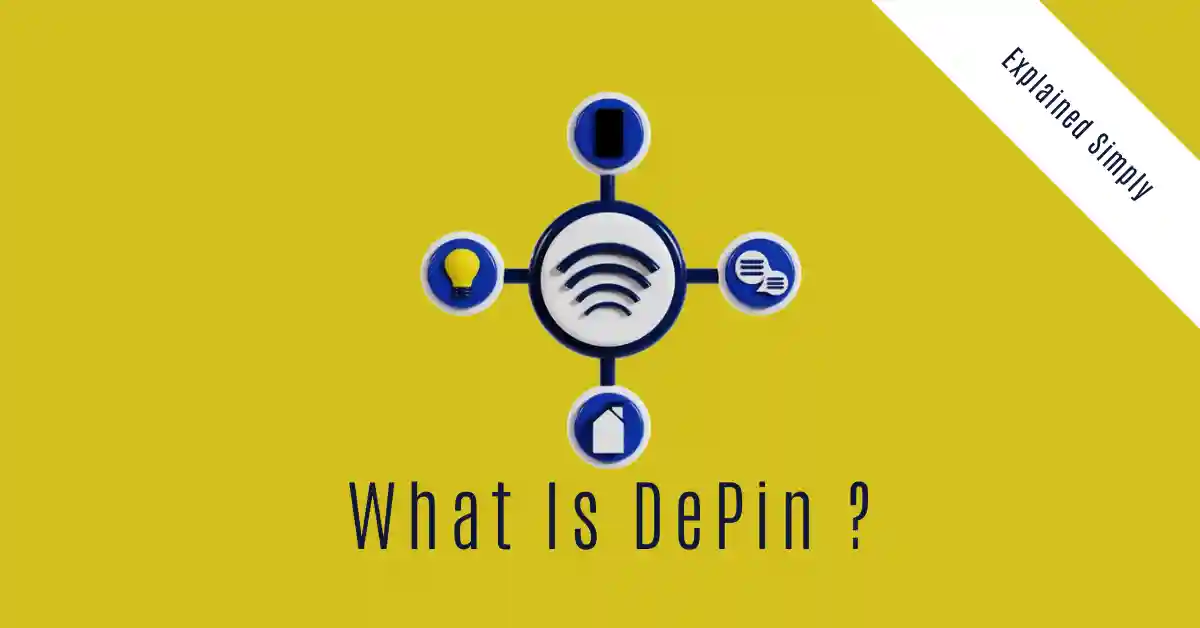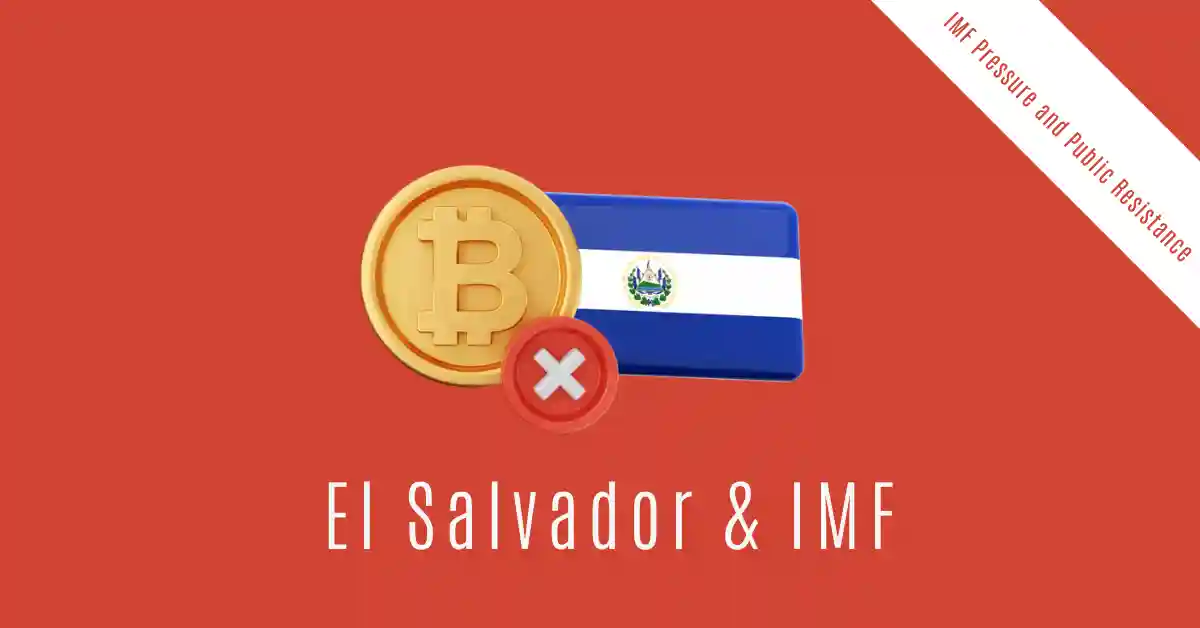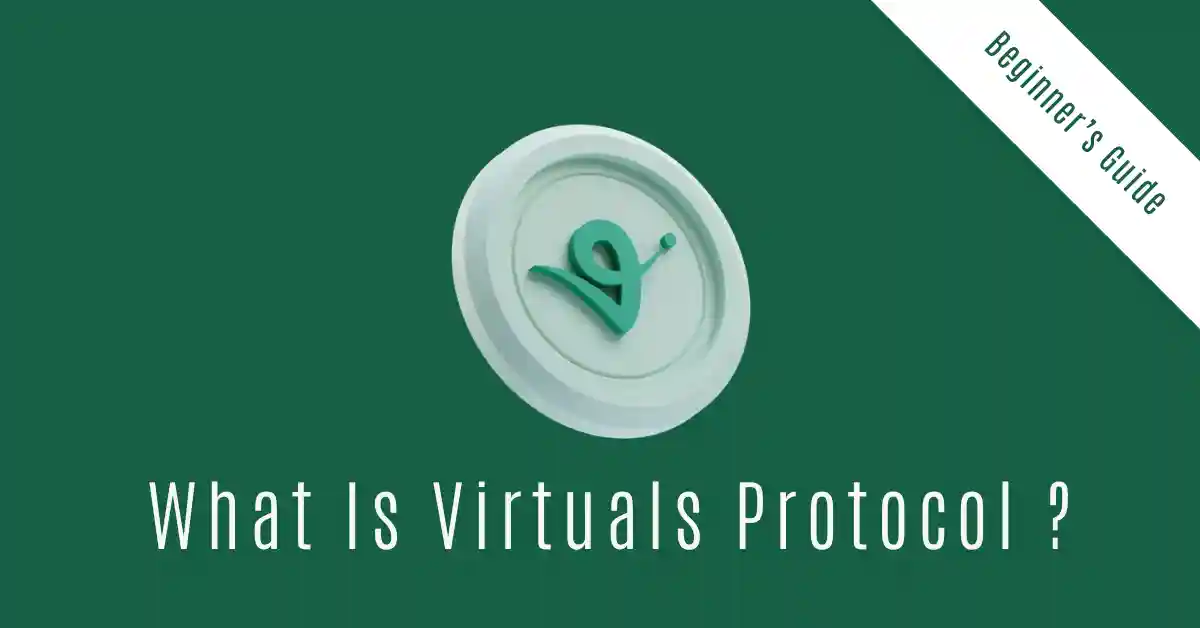
Utility tokens are the backbone of blockchain ecosystems, powering everything from decentralized apps (dApps) to in-game economies. Unlike cryptocurrencies like Bitcoin, which primarily serve as digital money, utility tokens grant access to specific services, voting rights, or rewards within their native platforms.
But how do they actually work? Why are they crucial to Web3, and what risks should you know before investing? This guide breaks down utility tokens in simple terms, with real-world examples, use cases, and actionable insights.
What Is a Utility Token?
A utility token is a type of cryptocurrency designed to provide access to a product, service, or functionality within a blockchain ecosystem. Unlike security tokens (which represent ownership in an asset), utility tokens are not investments—they’re digital tools that enable users to interact with decentralized platforms.
Key Characteristics:
-
Access: Unlock features (e.g., premium services, voting, in-game items).
-
No Ownership Rights: Holders don’t own equity in the project.
-
Tokenomics: Supply and demand are managed via mechanisms like burning or staking.
-
Regulatory Status: Typically not classified as securities (varies by jurisdiction).
Example: Ethereum’s ETH is a utility token used to pay gas fees for transactions and smart contracts.
How Do Utility Tokens Work?
1. Blockchain Platform
Utility tokens operate on a blockchain (e.g., Ethereum, BNB Chain) that supports smart contracts—self-executing code that automates token functions like distribution and rewards.
2. Token Creation
Developers mint utility tokens using standards like Ethereum’s ERC-20 or BNB Chain’s BEP-20. These standards ensure compatibility with wallets and exchanges.
3. Token Distribution
Tokens are distributed via:
-
Initial Coin Offerings (ICOs): Crowdfunding sales (e.g., Ethereum’s 2014 ICO).
-
Airdrops: Free distributions to promote adoption.
-
Earnings: Users earn tokens by staking, gaming, or providing liquidity.
4. Token Use Cases
-
Pay Fees: ETH for Ethereum gas, BNB for Binance transactions.
-
Governance: Vote on platform upgrades (e.g., UNI for Uniswap).
-
Rewards: Earn tokens for participating in networks (e.g., AXS for Axie Infinity players).
Utility Tokens vs. Security Tokens
| Factor | Utility Token | Security Token |
|---|---|---|
| Purpose | Access to services/features | Represents ownership (stocks, bonds) |
| Regulation | Less regulated (not securities) | Highly regulated (SEC compliance) |
| Value Driver | Platform usage and demand | Asset performance and dividends |
| Examples | ETH, BNB, UNI | RealT (real estate), tZERO (equity) |
Top 5 Utility Token Use Cases
1. Decentralized Finance (DeFi)
Utility tokens power lending, trading, and yield farming:
-
Uniswap (UNI): Governs the largest decentralized exchange.
-
Aave (AAVE): Grants voting rights on interest rate models.
2. Gaming and Metaverse
Play-to-earn games and virtual worlds rely on utility tokens:
-
Axie Infinity (AXS): Buy in-game items, breed characters.
3. NFT Marketplaces
-
LooksRare (LOOKS): Reward users for trading NFTs.
-
Rarible (RARI): Govern platform fees and policies.
4. Decentralized Autonomous Organizations (DAOs)
-
Maker (MKR): Vote on collateral types for the DAI stablecoin.
-
Compound (COMP): Decide interest rate algorithms.
5. Subscription Services
-
Basic Attention Token (BAT): Pay content creators in the Brave browser.
-
Filecoin (FIL): Rent decentralized storage space.
Benefits of Utility Tokens
-
Access to Services: Use tokens for discounted fees or premium features.
-
Community Governance: Shape platform policies via voting.
-
Passive Income: Earn rewards via staking or liquidity provision.
-
Interoperability: Use tokens across compatible dApps (e.g., ETH in 3,000+ apps).
Risks and Challenges
-
Regulatory Uncertainty: The SEC may reclassify tokens as securities (e.g., XRP lawsuit).
-
Market Volatility: Token prices can swing wildly based on platform adoption.
-
Scams: Fraudulent projects may issue worthless tokens (e.g., Squid Game token rug-pull).
-
Platform Failure: If the project shuts down, tokens lose utility and value.
The Future of Utility Tokens
1. Regulatory Clarity
Governments are crafting frameworks to distinguish utility tokens from securities (e.g., EU’s MiCA regulation).
2. Cross-Chain Utility
Tokens like Polkadot’s DOT and Cosmos’ ATOM will enable interoperability across blockchains.
3. Sustainability Focus
Eco-friendly tokens (e.g., Algorand’s ALGO) will prioritize low-energy consensus mechanisms.
4. Mainstream Adoption
Big brands like Starbucks (Odyssey NFT rewards) and Nike (Cryptokicks) are experimenting with utility tokens.
Unique FAQs About Utility Tokens
1. Are utility tokens legal?
Yes, but regulations vary. In the U.S., they must pass the Howey Test to avoid being classified as securities.
2. How do I earn utility tokens?
-
Staking: Lock tokens to secure networks (e.g., ETH 2.0).
-
Play-to-Earn: Games like Axie Infinity.
-
Liquidity Mining: Provide funds to DeFi pools.
3. Can utility tokens become worthless?
Yes. If a project fails or demand dries up, tokens can lose all value (e.g., BitConnect’s BCC).
4. What’s the difference between utility tokens and coins?
Coins (e.g., Bitcoin) act as money, while utility tokens provide platform-specific functions.
5. Can I trade utility tokens on exchanges?
Yes. Major tokens like ETH and BNB are listed on Coinbase, Binance, etc.
6. Do utility tokens pay dividends?
No. Dividends are a feature of security tokens, not utility tokens.
7. What’s token burning?
Projects destroy tokens to reduce supply and increase scarcity (e.g., BNB’s quarterly burns).
8. Are utility tokens safe?
They carry risks like hacking and volatility. Use hardware wallets and research projects thoroughly.
Conclusion
Utility tokens are the “fuel” of the blockchain world, enabling users to participate in decentralized economies, govern platforms, and unlock digital services. While they offer exciting opportunities in DeFi, gaming, and beyond, their value hinges on real-world adoption and regulatory clarity.








